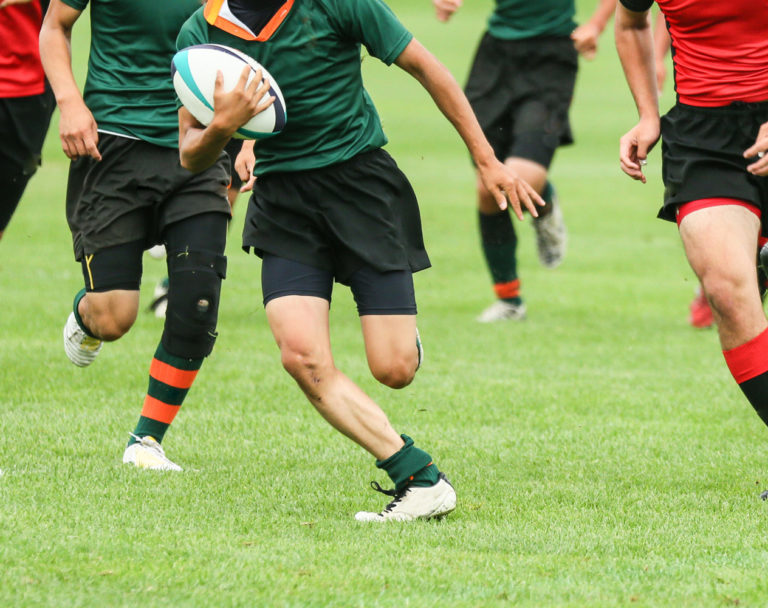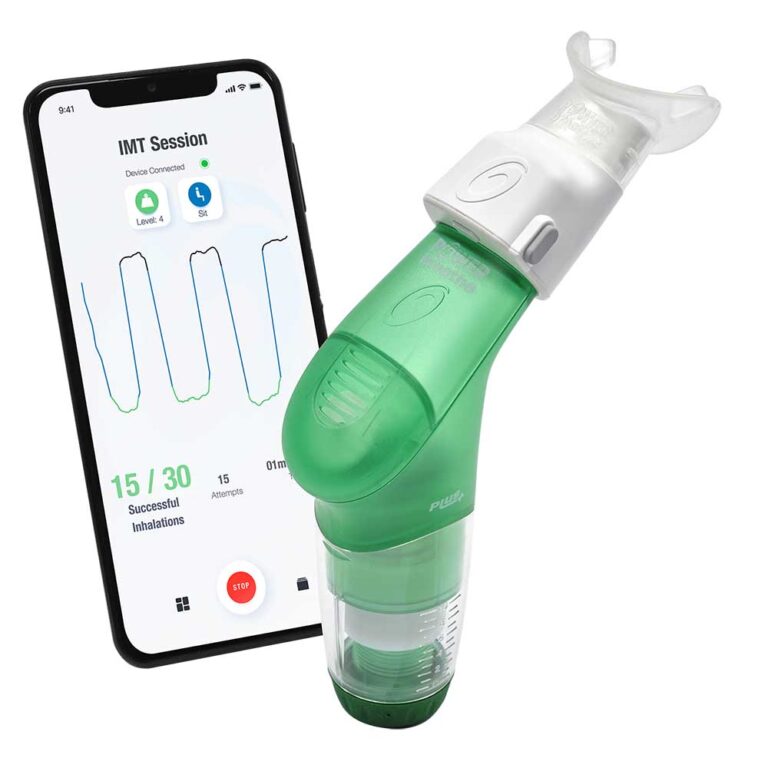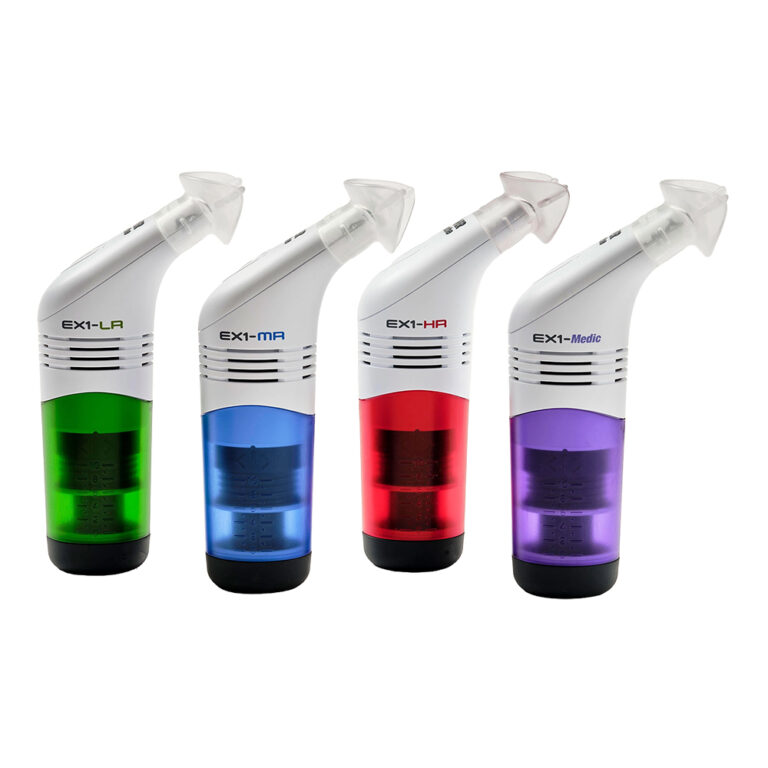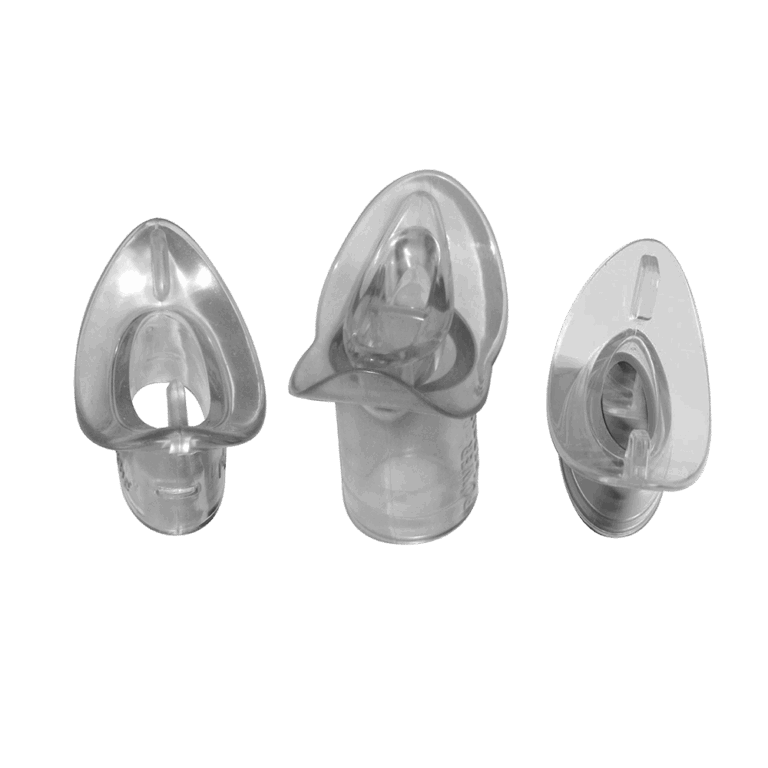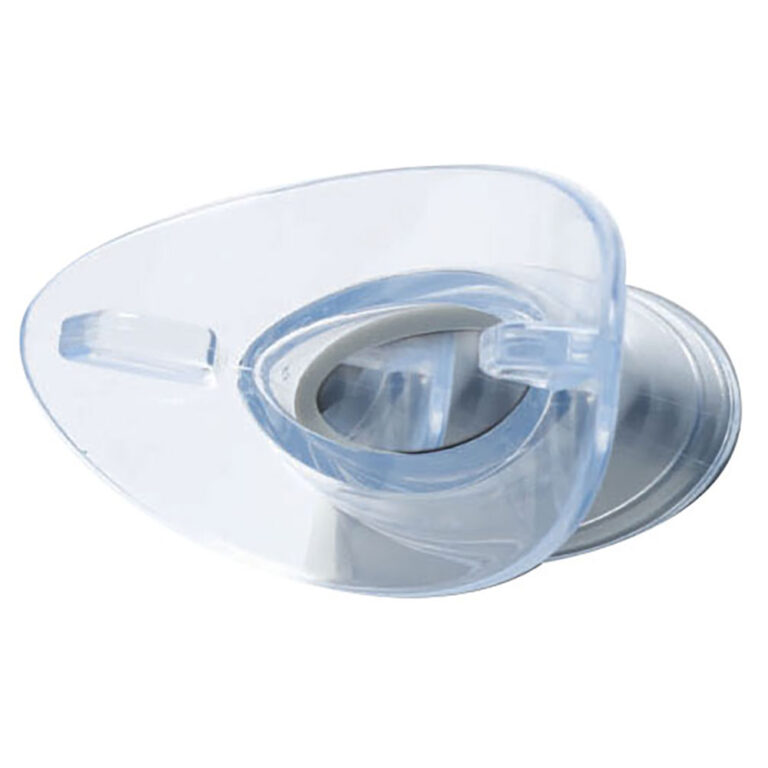
Swim, Bike, Run
Your lungs are subjected to huge demands in each of the three endurance disciplines of swimming, cycling and running.
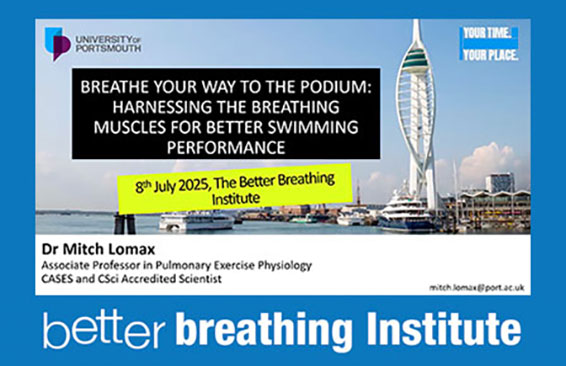
Breathing Effort In Swimming
Swimming creates an enormous strain on your inspiratory muscles and it is no surprise to find that as a swimmer you’ll experience significant fatigue of your breathing muscles. Discover how stronger breathing muscles can lead to better swimming performance in this webinar from The Better Breathing Institute, presented by Dr Mitch Lomax, Associate Professor in Pulmonary Exercise Physiology.
The challenge is worsened by the fact that when you are lying horizontally in the water, your breathing muscles are up to 16% weaker than when you’re upright so are less able to generate the forces needed to breathe in quickly. Furthermore, research shows that fatigue of your breathing muscles reduces blood flow to your arms and legs, which can slow you down by reducing the flow of oxygen to those muscles. This is the case in both inspiratory muscle fatigue and expiratory muscle fatigue, both of which impair exercise performance.

Breathing Effort In Cycling
The hunched position adopted during cycling can create breathing problems. The contents of your abdomen (mainly your liver and gut) become compressed and pushed up against your main breathing muscle, the diaphragm. This restricts its normal movement and can make breathing feel much harder.
Research shows that cycling as little as 20km at race pace induces significant fatigue of the inspiratory muscles. A research group at the University of Birmingham showed that inspiratory muscle training (IMT) reduces this breathing fatigue and improves cycling time trial performance by a staggering 4.6% (that’s equivalent to slicing around 2 minutes off your 40k PB) after just 6-weeks of inspiratory muscle training.
Read Dumbbells for the diaphragm’ – can strengthening breathing muscles lead to faster riding? at Rouleur CC

Breathing Effort In Running
The work of breathing during running can be substantial following events such as marathons, as well as shorter, intense bouts of running. Research also shows that fatigue of the breathing muscles may result in diversion of blood away from the leg muscles. This means that the supply of oxygen to your legs is reduced and your performance is impaired. However, research indicates that 4-weeks of IMT improves inspiratory muscle strength, 800m running performance and decreases limb blood flow change rate.

Boost Your Breathing Stamina
Disciplined breathing technique will improve breathing comfort during swimming, cycling and running. POWERbreathe Inspiratory Muscle Training (IMT) specifically targets your breathing muscles, increasing their strength and stamina by around 30%, significantly improving your swimming performance, cycling performance and running performance by helping to eliminate breathing fatigue.
Research shows it is beneficial to warm-up your breathing muscles with POWERbreathe IMT. It can also reduce lactate by 16% when used in recovery.
Select An Activity
Related Products
Downloads
Inspiratory muscle fatigue has the potential to negatively affect overall swimming performance
POWERbreathe contributes to better athletic performance by improving all lung ventilation variables, respiratory muscle strength and performance parameters, and by reducing lactate levels
POWERbreathe is a useful device to stimulate sports performance and increase pulmonary function in various sporting fields
Increased ventilatory muscle strength in subjects using IMT and EMT might improve ventilatory efficacy during exercise, and increased inspiratory muscle strength might facilitate oxygen delivery through improved circulatory responses
Effects of 4-Week IMT on Sport Performance in College 800-Meter Track Runners (used POWERbreathe K2)
IMT Swimming Performance
IMT Running Performance
IMT Cycling Performance
SwimForTri Training Tips from the swim improvement specialists
Introduction to Ironman Articles
Introduction: Series of articles on Breathing & Exercise for Ironman
ARTICLE 1: The individual challenges of swimming, cycling and running
ARTICLE 2: The unique challenge of triathlon
ARTICLE 3: Exercise-induced breathing fatigue – how it impairs your performance
ARTICLE 4: Breathe better and improve your performance
ARTICLE 5: Why POWERbreathe® training is an ergogenic aid
ARTICLE 6: Building the foundations of your POWERbreathe® training
ARTICLE 7: Sport-specific POWERbreathe® training: swimming
ARTICLE 8: Sport-specific POWERbreathe® training: cycling
ARTICLE 9: Sport-specific POWERbreathe® training: running
Why women have it even tougher than men when it comes to triathlon
5 weeks of POWERbreathe K3 IMT attenuates the respiratory metaboreflex
Expiratory muscle fatigue impaired subsequent exercise tolerance primarily through increased severity of limb locomotor muscle fatigue and a heightened perception of leg discomfort
Effects of expiratory muscle work on muscle sympathetic nerve activity
Expiratory muscle training increases expiratory muscle strength and reduces the sensation of respiratory effort during exercise




